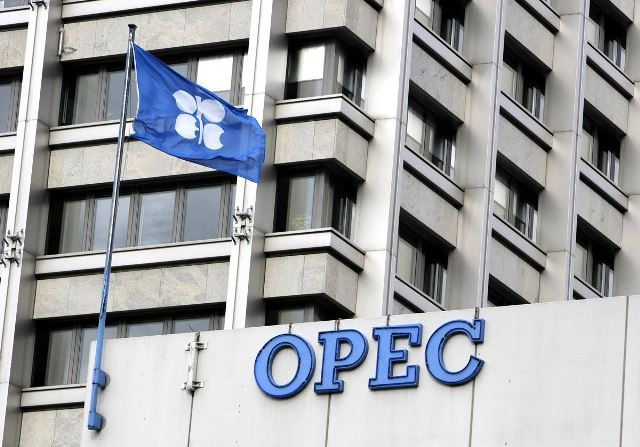U.S President Donald Trump has blamed the Organization of Petroleum Exporting Countries (OPEC) for high oil prices, despite crude futures recently backing down from three and a half year highs, on reports that his administration asked Saudi Arabia to manage the market.
“Oil prices are too high, OPEC is at it again. Not good!” Trump tweeted.
U.S. crude oil futures were trading near $66 a barrel on Wednesday and have been fallen about 9.5 percent from a multi-year high of nearly $73 a barrel on May 22. Oil prices fell this month on reports that the Trump administration asked Saudi Arabia, OPEC’s biggest producer, to start pumping more as renewed U.S. sanctions on Iran begin to hit the country’s exports.
Trump restored sanctions on Iran, OPEC’s third biggest producer, last month. The severity of the penalties helped to boost oil prices to new highs. Treasury Secretary Steve Mnuchin assured reporters at one point that Washington had discussed limiting the impact of Iranian disruptions with other producers.
Crude futures began slipping in late May after Saudi Arabia and Russia said they were considering easing an agreement to limit output among two dozen oil producers, in light of the U.S. sanctions on Iran and falling Venezuelan output.
Oil prices are also lower than the last time Trump tweeted about high oil prices. On April 20, Trump tweeted that “oil prices are artificially Very High” due to actions by the Organization of the Petroleum Exporting Countries (OPEC).
WTI oil prices traded near $68 at the time, after hitting a then three-year high above $69 a barrel that week. Prices are up more than 40 percent over the last 12 months.
In 2017, OPEC and some non-OPEC producers, including Russia, started withholding output in an effort to curb global oversupply. OPEC and other producers are set to meet on June 22-23 in Vienna to discuss future policy on production.
On Tuesday, Saudi Arabia reported that its oil output jumped by 161,000 barrels per day in May to more than 10 million bpd, just below the ceiling it agreed to in November 2016.
In oil markets, the Energy Information Administration (EIA) is set to release domestic production and inventory data later Wednesday morning.














